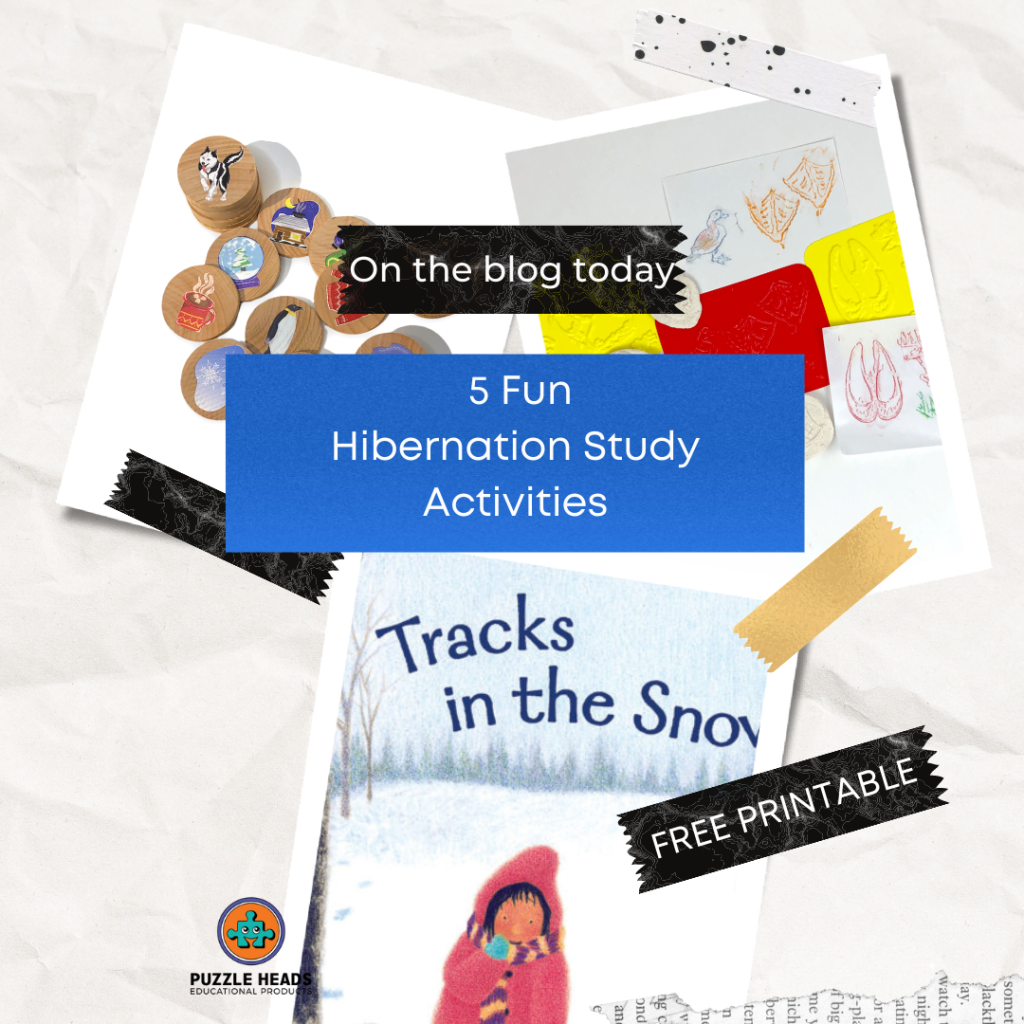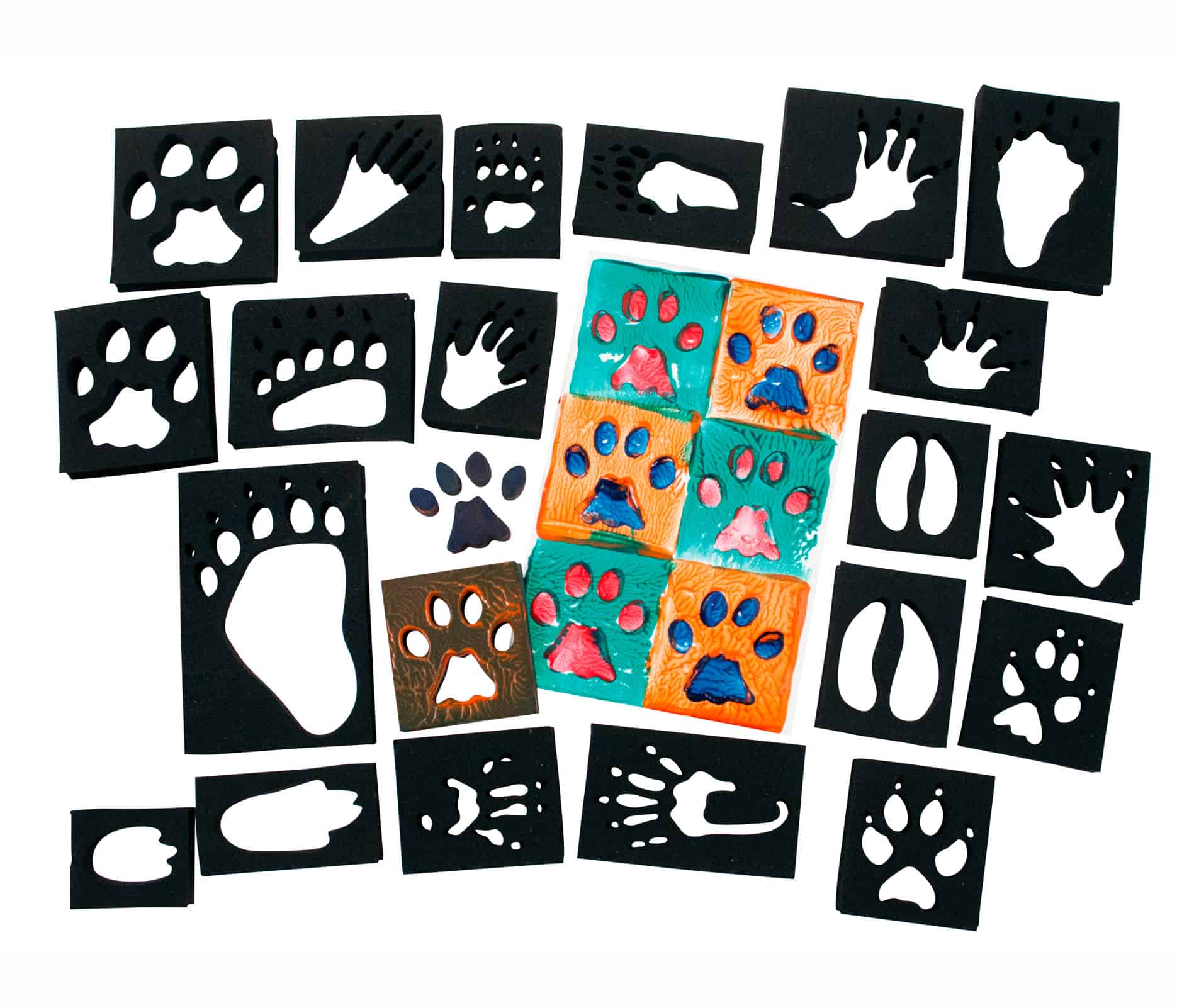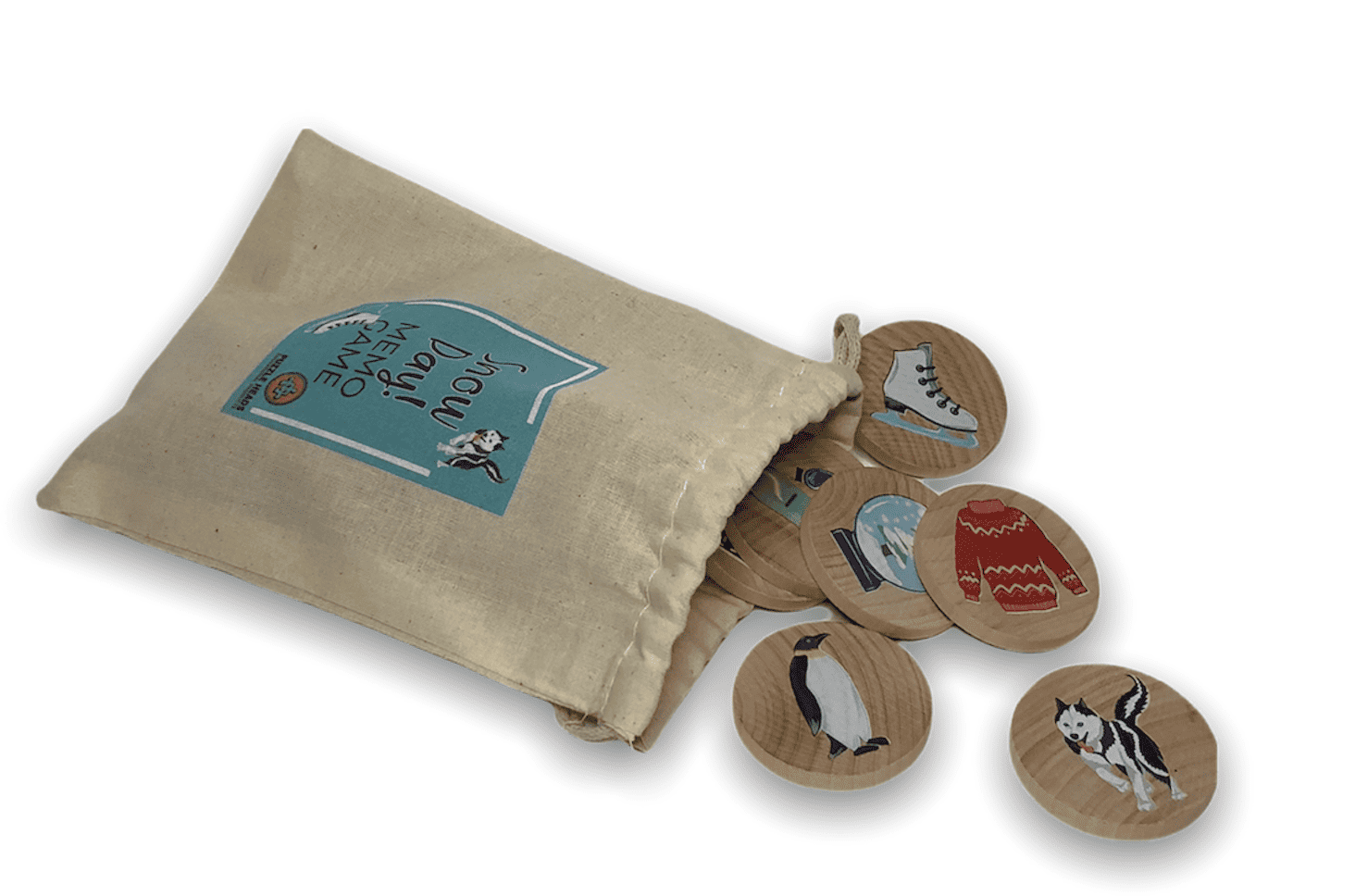If you haven’t read our blog post on the Fascination of Hibernation yet, make sure you head on over there to check it out. Did you know there are 3 types of hibernation? In this post we share 5 fun hibernation study activities you can easily add into your curriculum or home learning resources. Children love to be engaged with winter animal activities as they are enjoying having fun during the winter themselves. Don’t forget to grab our FREE HIBERNATION SORTING printable!
5 Fun Hibernation Study Activities
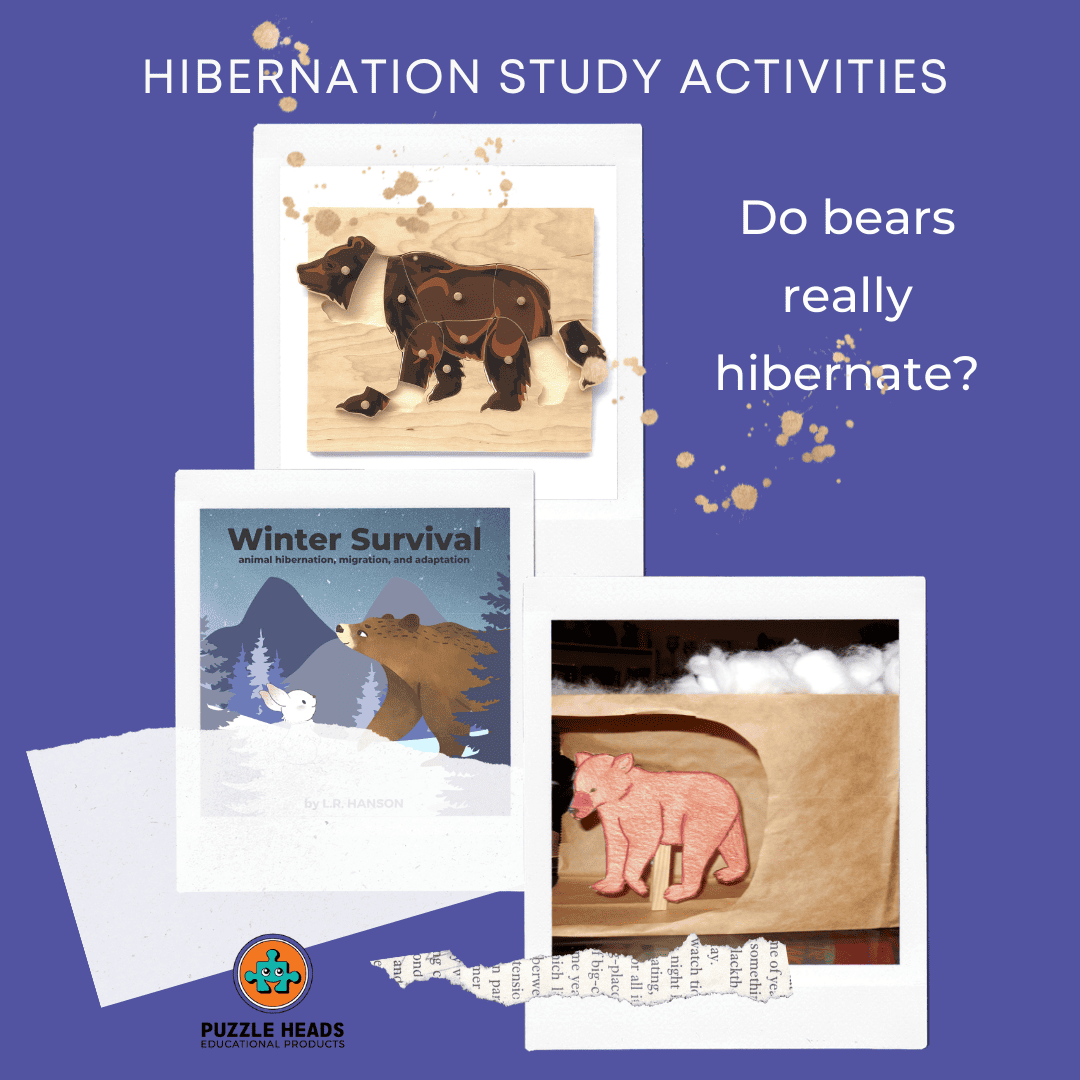
1. Get to know the nomenclature of the bear!
Although, as we learned in the Fascination of Hibernation blog post, bears are not true hibernators. Instead, bears enter a state of torpor. But since bears are such a popular subject children study when learning about hibernation, why not start with some fun bear resources!
What are the names of the bears’ parts? Children can use our hand crafted wooden puzzles with knobbed pieces to learn the parts of the bear. The bear puzzle has pieces for the head, neck, back, rump, belly, front legs (2 pieces), paw and back legs (2 pieces). You can see our limited edition puzzle here that Puzzle Heads created in collaboration with 3 Alaska school districts. To further your studies download the matching bear nomenclature printable.
2. Make a bear cave craft!
We loved how this craft by Pink Stripey Socks could be made while re-using materials you are likely to find around your home. Do you have toilet paper rolls, brown paper (bags, packaging etc) and cotton balls? Then go ahead and make a bear cave!
We also think it would be funny to see what noises each child thinks would bring the bear out of the cave from torpor. There’s still snow on top of this cave!
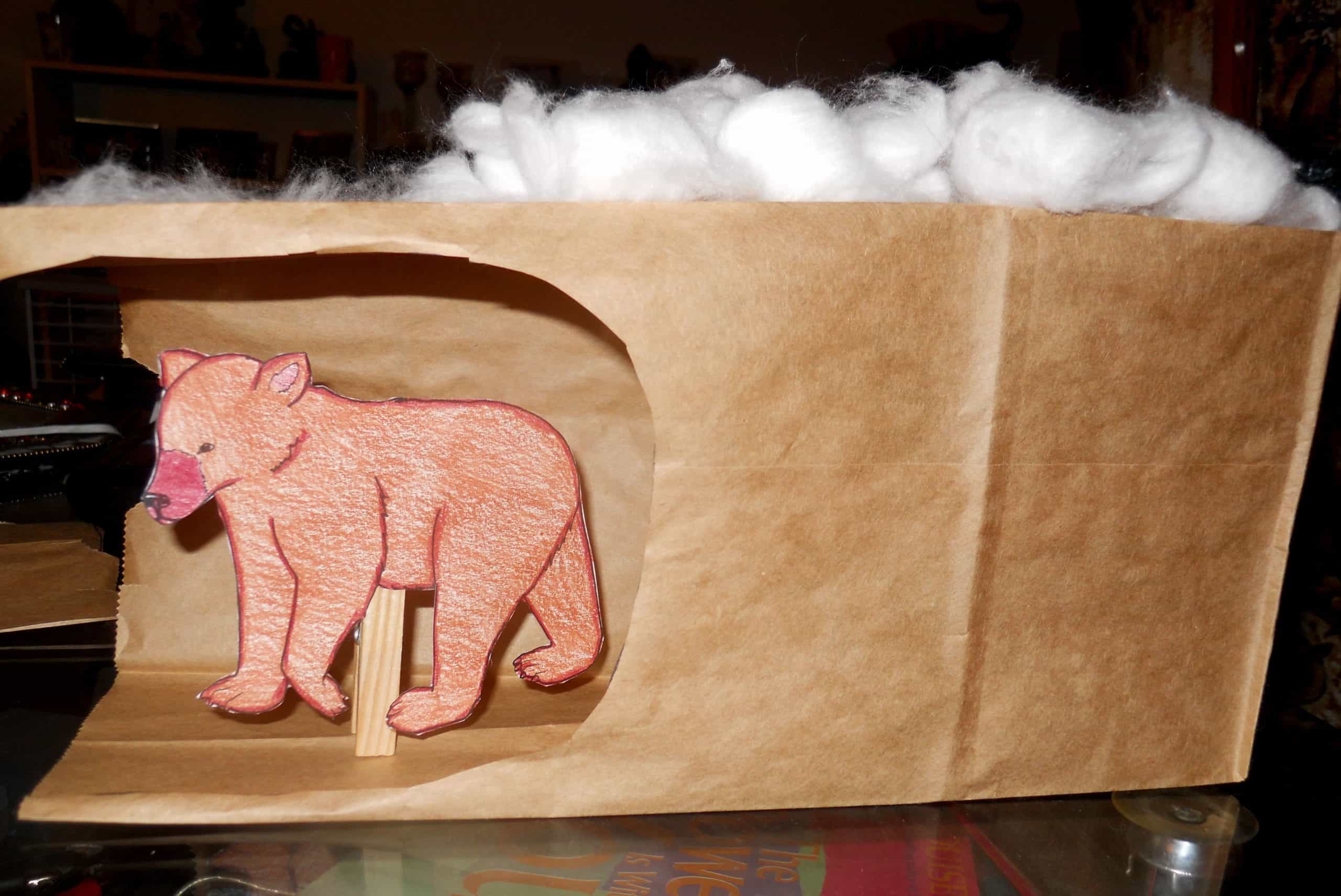
3. Read books!
Reading to children early will cultivate the love for reading, which is significant for advancing specific literacy skills. Reading aloud promotes emergent literacy, language and cognitive development and imagination. It also supports and creates the relationship between children and parents. Choosing just a few books feels impossible, but we’ve tried! Have you read any of these?

Over and Under The Snow by Kate Messner
Over the snow, the world is hushed and white. But under the snow lies a secret world of squirrels and snow hares, bears and bullfrogs, and many other animals making their winter home under the snow. This beloved nonfiction picture book exploring the subnivean zone reveals the tunnels and caves formed beneath the snow but over the ground, where many kinds of animals live through the winter, safe and warm, awake and busy, but hidden beneath the snow.
Winter Sleep: A Hibernation Story
Co-authors Sean Taylor (picture book author) and Alex Morss (ecologist, journalist, and educator) offer a gentle introduction to the concept of hibernation.
Animals In Winter
This is a clear and appealing book for early elementary age kids, both at home and in the classroom. Introduce kids to basic science ideas as part of discussions about the seasons and animals.
Have you ever seen a butterfly in the snow? Probably not. Butterflies can’t survive cold weather, so when winter comes, many butterflies fly to warmer places. They migrate. Woodchucks don’t like cold weather either, but they don’t migrate; they hibernate. Woodchucks sleep in their dens all winter long. How do these and other animals handle the cold and snow of winter?
Winter Survival: animal hibernation, migration and adaptation by L.R Hanson
Winter is approaching and the animals are busy preparing to survive the extremely cold weather. The birds are flying south, the squirrels are busy gathering food, and the rabbit’s fur is turning white. Why are some animals preparing for winter so differently? Whether to avoid extreme weather, conserve energy, or survive on sparse resources, animals survive in some clever ways!
4. Observe Signs of Wildlife – Animal Tracks!
As winter days get shorter and spring draws closer, we have enough daylight to get outside, but often the temperature and rain can make that less appealing. There are so many great reasons to TRACK ANIMALS WITH KIDS. Even in climates that don’t get a lot of snow in the winter (like here in the Pacific Northwest), the occasional light dusting overnight is enough to show who has been sneaking around your house. Bunnies are surprisingly abundant, as are raccoons in many urban areas. Of course, you will see the tracks of all kinds of birds as well. Never underestimate what some muddy areas will reveal either!
Encourage your kids to become little Sherlocks and investigate the animal tracks right outside your home. Do they always go in a particular direction? Are they zig zagging all over the place or do they occur in straight lines? Are there more than one set of animal tracks that cross each other?
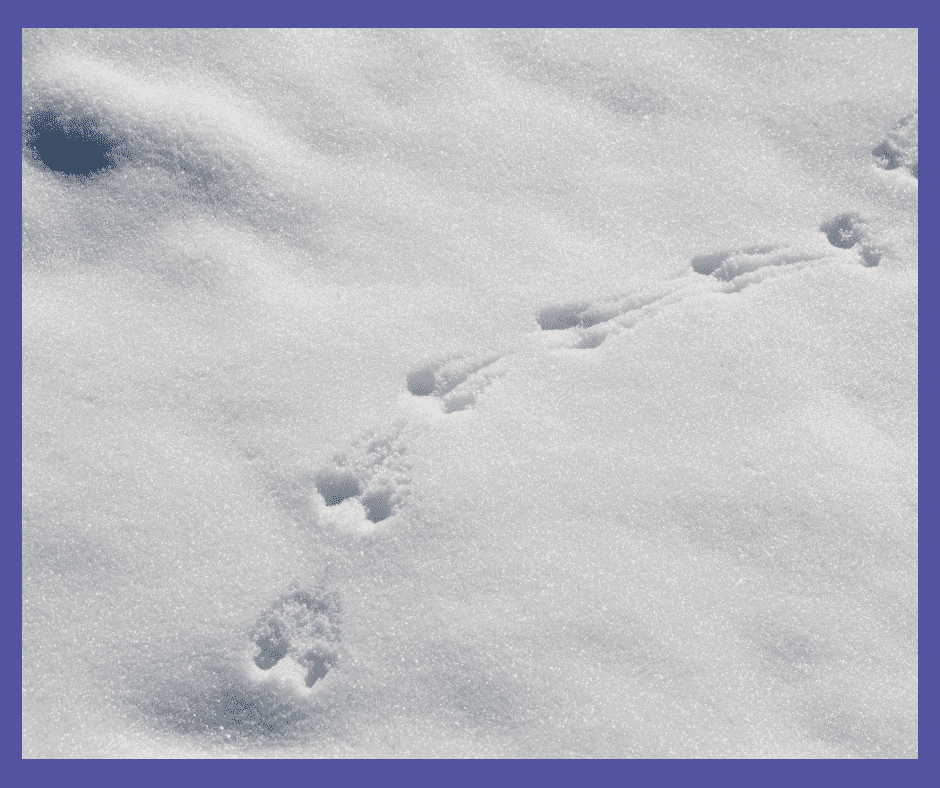
Exploring animal tracks:
- connects kids to nature in a very direct and hands-on way
- teaches kids to be aware of their surroundings and the creatures that live there
- gives kids a chance to use critical thinking skills and scientific inquiry methods
- gives kids a chance to experience nature with both body and mind
- is an incentive for both you and your kids to learn about different animal species in your area
- gives kids a chance to lead and problem-solve in nature
- is an incentive to go outside
- is fun!
5. Study animal tracks through activities!
At Puzzle Heads, we carry a few learning tools that extend the animal tracking play even further.
Make Colourful Animal Tracks with Stampers!
Grab your paints and paper for a fun animal track stamping activity. This set makes both positive and negative space stampers. There is a front and hind foot foam stamper for each animal – a total of 24 stampers. These are also fun to use in kinetic sand and watch as the prints almost melt away over the course of a minute. The foam is easy to wash and clean up. Descriptions of all tracks are included.
Animal Tracks Matching Game
Using Animal Track Rubbing Plates you can study the animal and the prints on one colourful plate. Get to know these pairs by rubbing paper with pastels, or crayons to reveal the track.
Fill the reverse side of the plate with glue and use it as a mold. Mix some paint or sparkles into the glue. Let the glue dry and peel off a thin relief version of the track.
You can even press the tracks into salt dough and make animal track ornaments!
Use your creations for a matching game. Make separate rubbings on paper or pressings in playdough or salt dough. Divide one half into the animals and the other half into the tracks. Have fun trying to match the track to the animals!
Full descriptions are provided for all 16 animal tracks.
6. BONUS! Play Games!
What kid doesn’t love to blow off steam by unleashing their boundless energy outside? When the snow falls, the possibilities for adding hibernation and winter animal themes into the mix increase the play value exponentially. Check out these 37 Snow Games and Activities from Kid Activities. How many can you substitute or embellish with a winter animal or hibernation theme? Footprint tag, Snow Flag (maybe to locate a buried hibernating stuffie…?), Freeze Tag (assign animals to the kids and only tag the hibernators, or brumators etc), build a snow animal, or make your own hibernation cave!
When all the cheeks are rosy and the hot chocolate is waiting, bring everyone inside to warm up and play some indoor games. It’s the perfect time to wind down with our very own winter-themed memo game “Snow Day!”
EXTRA EXTRA BONUS! Download the free printable here for a fun Hibernation Sorting Activity!
Let us know what activities you created and post some pictures of your fun below!
Don’t forget to check out our sister blog post The Fascination of Hibernation too!

